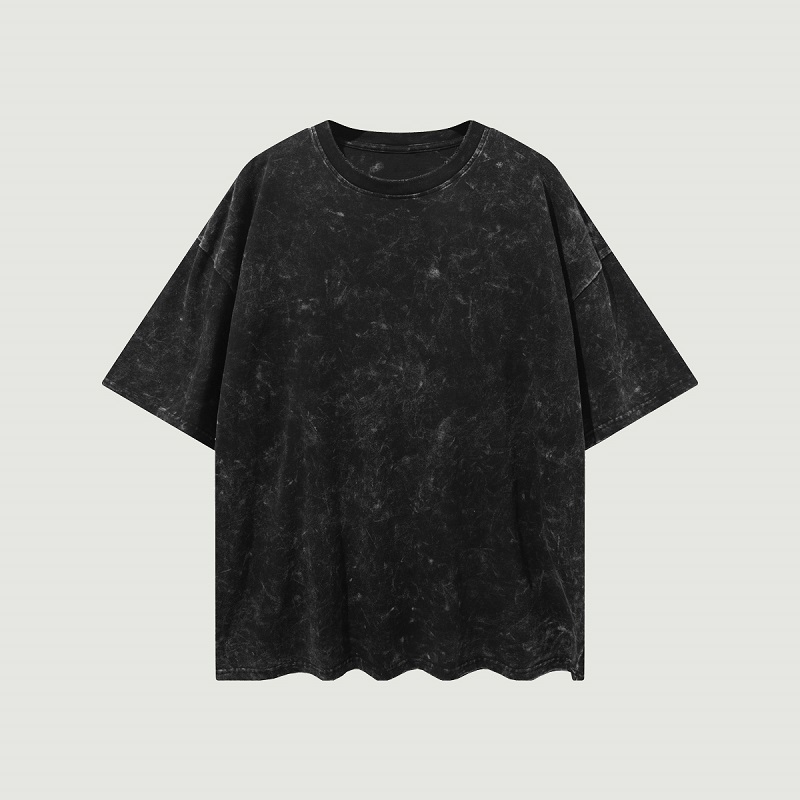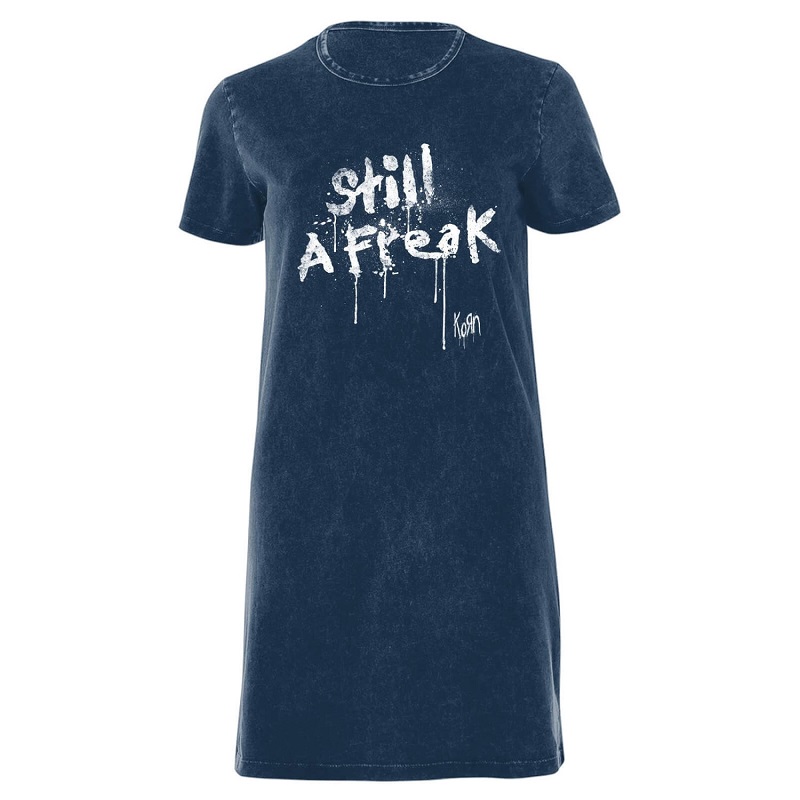Step-by-Step Guide to Removing Wax from Clothes
How to remove candle wax from clothing? Removing candle wax from clothing can seem difficult, but it doesn’t have to be. With the right approach, you can remove wax and save your favorite garments. Here’s a step-by-step guide to help you de-wax your wardrobe efficiently.

Pre-treatment: Let the Wax Dry Completely
Start by letting the wax harden. Avoid touching wet wax to prevent spreading. If in a hurry, use an ice cube to speed up the drying process.
Gentle Removal: Scrape Away the Wax
Once dry, use a dull knife or a credit card to scrape off the wax. Be gentle to avoid fabric damage. Remove as much wax as possible.
Absorb and Lift: The Iron and Paper Towel Method
Place a paper towel over the wax. Use a warmed iron on a low setting to press over the towel. The heat melts the wax, and the towel absorbs it. Repeat with fresh towels until no wax remains.
Cleaning Delicate Fabrics: Special Considerations
Delicate fabrics need extra care. Use blotting paper and a towel to protect the fabric while ironing. Always check the care label for specific instructions.
By following these steps, you can tackle wax spills on your clothing with confidence. Use the right methods for different fabrics, and soon, your clothes will be wax-free and looking great.
Tips for Treating Different Types of Fabrics
When removing candle wax from clothing, it’s crucial to consider the fabric type. Different materials require different care techniques to prevent damage while effectively removing the wax.
Dealing with Delicates: Silk and Wool
Silk and wool are delicate fabrics that need special attention. Here’s how to handle them:
- Use cool temperatures. For both silk and wool, keep the iron on a low setting. This avoids shrinkage or scorching.
- Place cardboard under the stain. This prevents transfer onto other fabric layers.
- Protect with a thin cloth. Lay a pressing cloth or clean towel over the wax before ironing.
- Iron gently. Softly press without using steam, inspecting frequently.
- If wax persists, try a specialized stain remover that’s safe for delicate fabrics.

Managing Synthetic Fibers and Cotton
Synthetic materials and cotton are typically more durable but still require careful treatment.
- Cool or warm iron. Synthetics may require a cool iron, while cotton can handle slightly higher heat.
- Use absorbent paper. Position it over and under the stained area to lift the wax.
- Iron with care. Move the iron lightly over the stain, lifting the paper to check progress.
- Repeat with clean paper. Continue until the wax is absorbed up.
- Wash normally. Use a suitable detergent and wash cycle for the fabric.
After treating your garments for wax stains, proceed to wash them following the care label instructions to fully restore their condition. Next, we will look into the best practices for washing and drying after de-waxing.
Washing After De-Waxing
Once you have removed the candle wax from your clothing, the next step is washing. Proper washing helps eliminate any remaining wax residue and restores the fabric’s look and feel. Here’s how to choose the right detergent and wash cycle for your de-waxed garments.
Selecting the Right Detergent and Wash Cycle
After de-waxing, it is crucial to pick a suitable detergent. For most fabrics, a liquid detergent works well. It dissolves quickly and rinses away without leaving residue. For delicate fabrics, consider a detergent designed for gentleness to prevent harm. Check the care label on your garment to determine the recommended wash temperature and cycle. It’s best to wash on a gentle cycle for delicate items.
Using cold water can prevent any wax remnants from setting back into the fabric. For durable materials like cotton and synthetics, a warm wash might be more effective. Just ensure the water is not too hot, as high temperatures can set stains.
Drying Your Wardrobe Post-Wash
Drying is as important as washing in maintaining your clothes’ condition. Some fabrics may tolerate a tumble dryer on a low or delicate setting. However, air drying is the safer option, especially for delicates. Lay the garments on a flat surface or hang them to avoid distortion.
For clothes that cannot handle the heat, laying them flat on a clean towel is the best method. This way, fabrics like silk and wool can dry without the risk of damage. Do not wring out water, as this can stretch or misshape the fabric.
Following these steps ensures that your de-waxed clothing is clean, dry, and ready to wear. Next, we’ll tackle challenges you might face in removing stubborn wax stains.
Troubleshooting Common Wax Removal Challenges
When you understand how to remove candle wax from clothing, you’re ready for most spills. But sometimes, you face stubborn wax stains that don’t budge easily. Or, you might worry about harming your favorite pieces during the de-waxing process. Let’s dive into solving these issues.

Addressing Stubborn Wax Stains
Stubborn wax stains need extra patience and care. Follow these tips:
- Repeat the iron and paper towel method. Persistence is key. Use fresh paper each time.
- Apply a stain remover. Choose a product safe for your fabric type. Test on a small area first.
- Consider professional help. If the stain persists, dry cleaning might be necessary.
Remember not to rush. Take your time and repeat the de-waxing steps as needed.
Avoiding Fabric Damage During De-Waxing
Avoiding damage to your clothes is just as important as removing the wax. Here’s how:
- Use the correct heat. Always set the iron to a suitable temperature for your fabric.
- Don’t pull or stretch the fabric. Work gently when scraping off dry wax.
- Check the care label. It’s the best guide for treating your specific garment.
By careful handling and attention to fabric care instructions, you can de-wax clothing without any damage.
Maintenance and Prevention
Maintaining your wardrobe is key to ensuring its longevity, even after dealing with troublesome wax spills. When you invest time in regular clothing care, you extend the life of your garments significantly. Here are some essential tips for keeping your clothes in top-notch condition.
Regular Clothing Care for Longevity
- Read care labels. These provide specific instructions on how to wash and dry your clothing properly.
- Wash carefully. Use the suitable detergent and wash cycle for each fabric type.
- Tackle stains promptly. Quick action can prevent permanent marks.
- Store correctly. Keep clothes in a dry, cool place and use appropriate hangers or fold them neatly.
- Repair damage swiftly. Sew loose buttons and fix tears to avoid further damage.
Implementing these steps can help your clothes look better and last longer, warding off the effects of wear and tear.

Preventative Measures to Avoid Future Wax Spills
- Use candle holders. These catch dripping wax and keep surfaces clean.
- Place candles strategically. Avoid areas with a lot of movement where they can get knocked over.
- Keep away from edges. Candles should sit away from table edges to prevent wax from dripping onto clothing.
- Trim wicks regularly. Short wicks produce less dripping wax.
- Choose quality candles. They tend to drip less and burn more evenly.
By following these preventative steps, you can enjoy the ambiance of candles without the worry of wax spills on your clothing. Remember, prevention is always better than cure.
